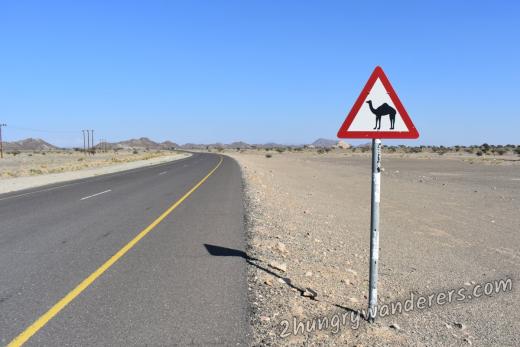
When planning your trip to Oman one of the important aspects to consider is transportation. Even if staying in Muscat only, options like walking, cycling and public transport are not viable, you will have to rely on taxis to get around, which is not very convenient. The best way is to hire a car, it is easy, safe and gives you complete freedom to explore everything this great country has to offer.
Lets start with a video that might give you some idea what to expect. This is a compilation from our 2000+ kilometers journey in Oman featuring various kinds of roads, stunning desert and mountain scenery and some happy camels.
This is my complete guide to driving in Oman, I have tried to include all the relevant information, but if you have a question or want to add anything - please do so in the comments section below.
Before you go
Renting a car
It's always a good idea to have a car booked before your holiday, especially during high season. Take your time to compare the options you like and reserve one in advance, pay attention to all details. For example hiring a 4x4 doesn't guarantee unlimited off-road access with full insurance coverage. I also noticed many companies offer their best deals with limited kilometers - this is not a bad thing - make some rough calculations of your planned trip, add a generous overhead and see how this number compares with the total limit on your rental. Even if you have to use some extra kilometers they may have an affordable price and if you expect to use just a little bit - the total will not be much different than the original quote.
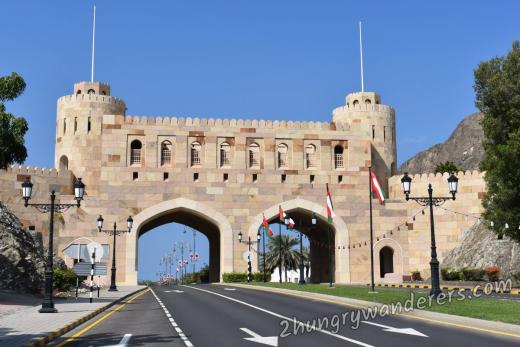
Best approach is to pick the car up when you land and drop it off just before your flight - Muscat Airport offers a large range of both international and local rental companies and most operate 24/7, making it very easy to organize. Zero dollars for taxis this way.
Documents
One must have a valid drivers licence (and if applicable, an IDP) to get the rental car, and don't forget to always carry it with you when driving, along with the car's documents, rental agreement and your passport. Also, read the fine print and confirm all details from the rental agreement, this will help avoid any surprises later.

Navigation
Finding your way following the road signage isn't too difficult, but I would strongly advice for using Google Maps. We were in Muscat on the day they enabled navigation for Oman, so now it is fully functional navigation system. To make the most of the app download offline maps for the areas you intend to visit (or the whole country, it's not large) - this way you can use it even in places with spotty network coverage.
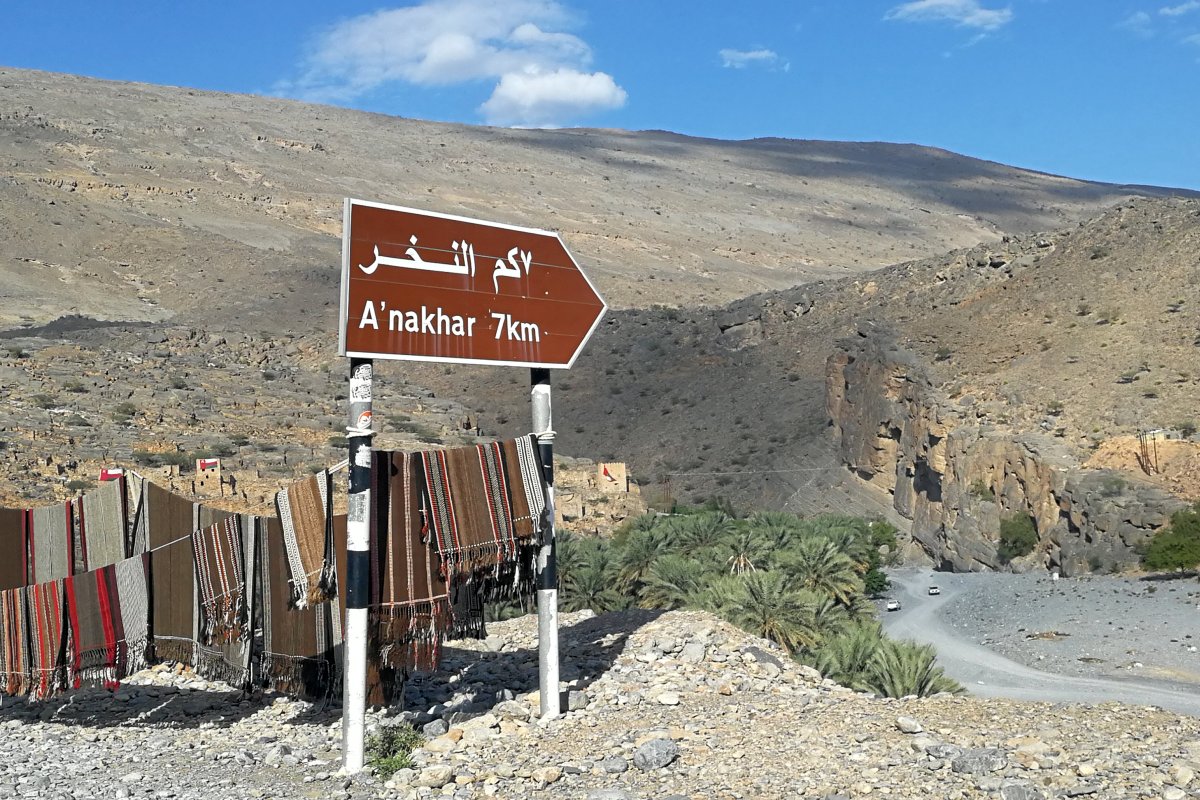
Warning: Oman has a rapidly developing road infrastructure and new roads are built all the time, new lanes are being added to existing highways, level crossings and intersections pop up almost overnight. As a result Google Maps might have a slightly older idea of what is around you, for example according to the app a 4-way intersection (2 roads crossing) in reality might be a roundabout, a cloverleaf interchange, or something even more complicated. Don't forget to use your brain and not to follow every command given by the app blindly.
Roads, signs and culture
The highways, main roads and the majority of secondary roads are in very good condition, well built (many are fairly new) and well maintained - no potholes, no rubbish, no debris. Traffic outside of Muscat is usually light and driving is a pleasure.
Oman is the first country where I saw roads fully lit at night outside of the cities - yes, even remote, country roads are bathed in yellowish light so you don't even need the high beams and driving at night is easier than usual.
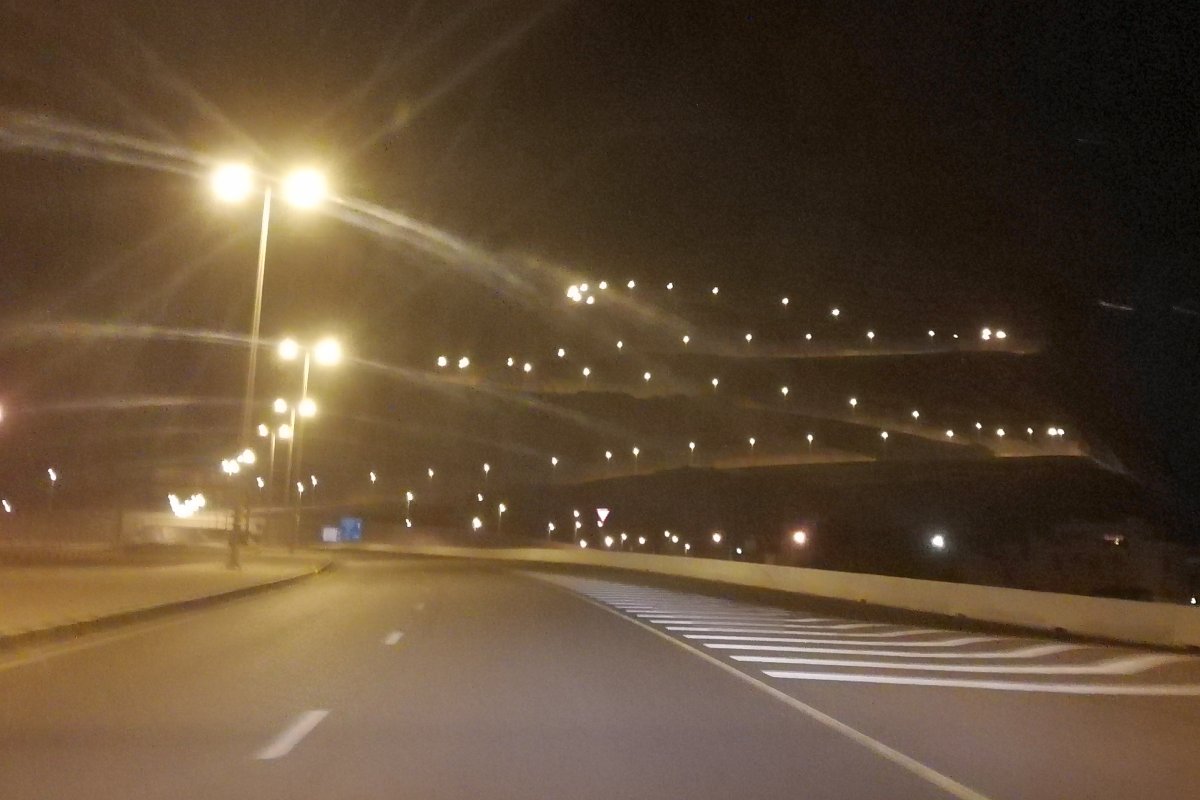
There are enough signs to keep the drivers informed about limits, upcoming hazards and intersections. Majority of signs are in English, speed limits are often shown in Western Arabic (European - 0123...) numerals and Eastern Arabic (٠١٢٣...) numerals. However, especially on some long, boring stretches of road one might get the feeling that there are no signs for a long time, so no rules - that's not the case.
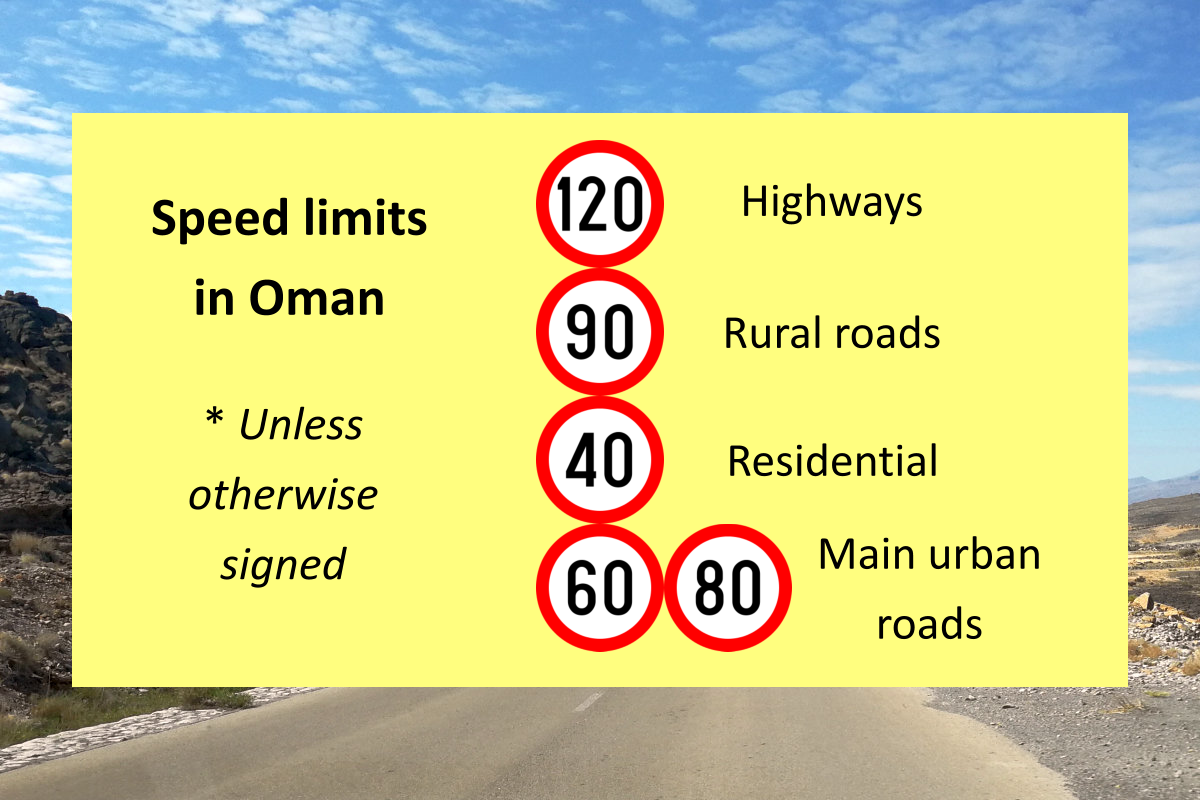
Speed limits in Oman are as follows: 120 km/h on highways, 90 km/h on rural roads and 40 km/h in residential areas, with the popular exceptions of 60/80 km/h on main urban roads, all that is unless otherwise signed. Do people obey those? Mostly - yes. On highways and some main roads there are speed cameras literally every kilometer and serious speeding there is uncommon. With that said, better don't block the fast lane driving with the limit, plenty of drivers go 10-15 km/h over and will be stuck very close on your back until you move. Going further away from civilization on rural roads there are no cameras and police posts are few and far between - we saw some cars moving as there was no speed limit at all there. This is not a good time to apply the "When in Rome, do as the Romans do" rule, my advice is to follow all the rules and obey the limits at all times.

In general driving in Oman is safe, huge majority of Omanis obey the rules enough to create a safe driving culture, but of course one has to always pay attention, especially in an unfamiliar environment. More on what to focus on you can read in the next section about the road hazards in Oman.
Dangers on the road
Animals crossing
Goat and sheep herds grazing, camels and donkeys walking are a common sight and as most roads do not have fences the animals occasionally decide to cross the road. Unfortunately their attempts are not always successful, which is tragic for both the animal and the vehicle(s) that hits it. Signs should indicate areas with higher camel concentration, but always watch out for the four legged dangers - big or small. Omanis are courteous drivers and you might see them using hazard lights to indicate that there is something happening in front of them, like a goat crossing or if they are rapidly slowing down for whatever reason. If there is an animal on the road and you have to hit the breaks, do the same - warn drivers behind you by pressing the red triangle button on your dashboard.

If you are tempted to snap a photo of a "wild" camel - do it safely by carefully pulling off the road, using indicators and only if safe to do so. Keep in mind that camels spit, bite, kick and are generally not friendly, so give them some distance.
Speed bumps
More common than in most countries, speed bumps are everywhere in Oman. Many (but not all) have warning signs before them, most (but not all) are clearly visible, and there are some nasty exceptions that might sneak up on you and surprise you, especially when going fast. Even when driving carefully one might have a "Oh, where did that come from?!" moment, so just look out for the bumps. Also, when the car in front of you decelerates rapidly for no apparent reason - be prepared that it might be a speed bump ahead.
Floods
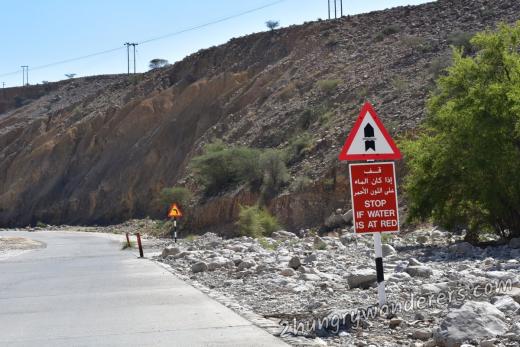
Many roads cross or even go along river beds in Oman. The good news is that it doesn't rain very often. The bad news is that when it does a flash flood can make it impossible even for the toughest off-road monsters to use a main, sealed road. The dangerous spots are clearly signed, many crossings have depth indicators.
Sand on the road
That's something locals warned us about - wind can blow sand on the road. This happens in the central, desert parts of the country and the roads that can be impacted are main roads, including highways. It may start as a thin layer of grains that make the surface slippery and can escalate to the more extreme - sand dunes covering sections of the road completely.
Road changes
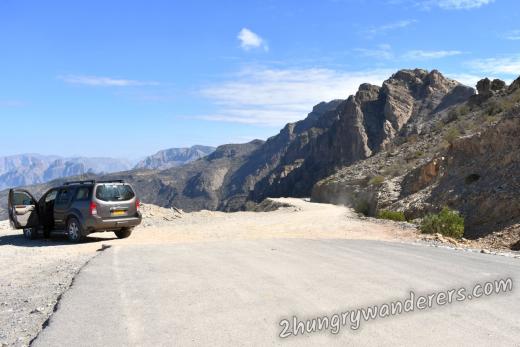
Unsealed roads are still considered main roads in Oman. What is even worse is that sometimes a beautiful, new, sealed road might just end abruptly and turn into a dirt road for the next 30 kms. I believe this is due to the rapid construction, probably soon the whole road will be sealed, but for now - be ready for some slightly bumpy rides.
Enjoy the cheap gas
One of the benefits of driving in an oil rich country is the low price of fuel. 0.222 OMR ($0.58, €0.50, A$0.82) per liter (as of November 2018) of regular gasoline is most likely better price than your home country - for us Aussies is about half price. And it gets even better - this is the same price everywhere - every station, every city. There are three main gas station chains in Oman - Oman Oil, Shell and Al Maha - they all have the same price, we used all three and the service was good everywhere, usually staff fill up your car.

Parking
One of the things I really loved in Oman was parking. Paid parking exists only in some of the touristy areas in Muscat and even there it is cheap and the tariff applies between 8:00 and 13:00, then from 16:00 to 21:00.

Everywhere else, except those tiny zones it is like paradise. You can park everywhere. Any way you like. For as long as you need. If you are not blocking an entrance, traffic or other parked vehicles nobody will complain. Just a golden example of "live and let live".

It goes even further, a great example of Omani hospitality - parking spots reserved for tourist vehicles. I almost cried from joy when I saw this on the parking in the center of Nizwa. I've seen the exact opposite in other parts of the world - tourist information centers with no parking spots around, inflated parking fees near tourist attractions and so on, but the photo below shows a place, where tourists are really welcome.
Do I need a 4x4?
Many tourist attractions in Oman can be reached with a regular car and spending the extra money on a 4x4 may be unnecessary. We had a good SUV for our first trip and it got us without any problems through many dirt roads, but it simply doesn't work for real off-road conditions. If you want to go camping or have full access to all the wadis, desert and mountain areas be sure to get a decent 4WD vehicle. If Jebal Akhdar (The Green Mountain), Wahiba Sands or The Empty Quarter are on your list - don't even look at the cars and SUVs, you will need a 4x4.

Don't worry, even if you don't have a capable machine there are many options to change your plans. Nearby those areas a 4x4 can be rented for a half or full day and most likely some locals will offer you various tours with their reliable Toyota Land Cruisers and Nissan Patrols.
Which brings me to my last point - if you don't have any off-road experience the desert is a dangerous place and it is not a good idea to learn the basics there. In this case consider a tour or hiring a driver with a vehicle.

Funny story: On the way to Wadi Al Arbaeen we were going fine along a dirt road until we reached this tiny creek from the photo above. It was during the dry season, water depth was about 20 cm and I was just thinking about going trough with our SUV, when a dingy old Jeep Wrangler came in the opposite direction. I watched with interest him crossing, expecting just a splash of water. The moment I saw the mean machine sinking deep and digging trough half a meter of pebbles, almost pushing the top layer with it's bumper I decided to just turn around and find another way.
Two pleasant surprises
We noticed those peculiarities, not exactly related to driving in Oman, but part of the culture nonetheless and I thought are worth sharing.
Love for the Sultan
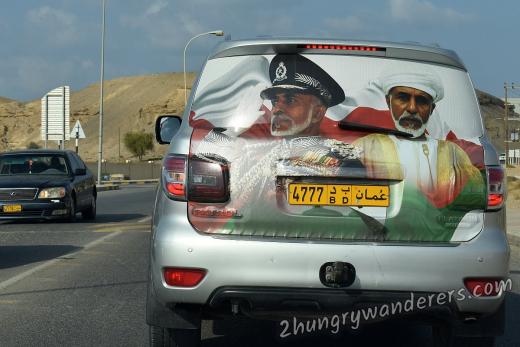
Qaboos bin Said al Said is the Sultan of Oman since 1970 and the love, respect and admiration Omanis give him is deep and omnipresent. Also totally deserved, as he has done many great things for the country, but that's a different topic. Images of Sultan Qaboos are proudly displayed on many cars, old and new, fancy and cheap - from small stickers to airbrush paintings and decals covering the whole vehicle. Most often the Sultan image, a symbol of the nation, shows him in traditional attire or a military uniform with the Omani national flag as a popular background.
Leave it running
How safe is your country? Do you feel safe enough to leave your car running on the street or at the supermarket parking? No? Well, most likely you don't live in Oman.
I've heard about this, but I have to admit it was a complete surprise to see it - people do leave their cars unattended, with the keys in, with engines running in Oman. Most likely to keep the AC on, oh and probably because crime rates are low enough. And people trust each other. So don't be surprised if when walking towards your car you hear an engine running, but nobody is inside.
Gallery
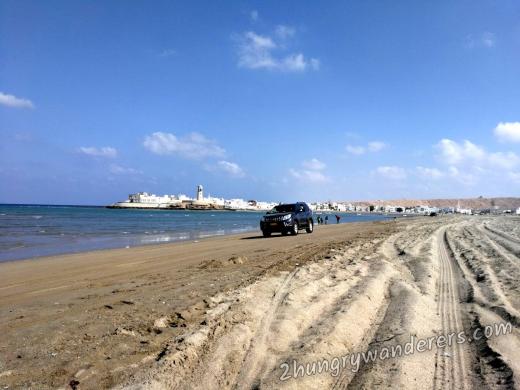
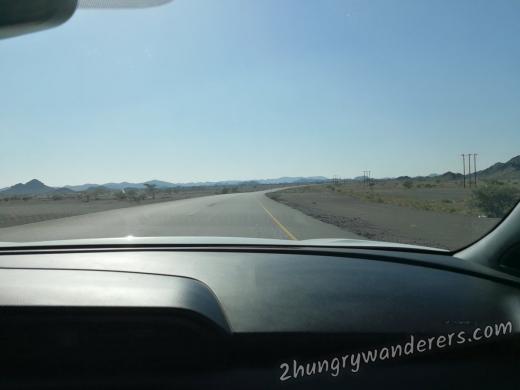

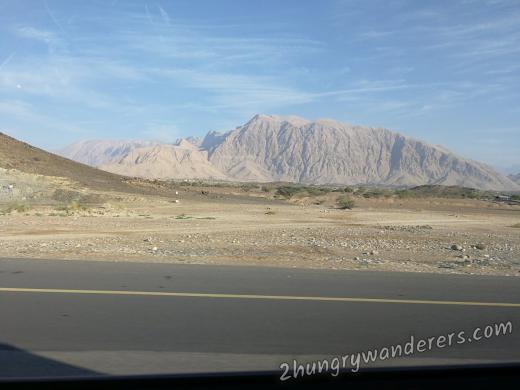
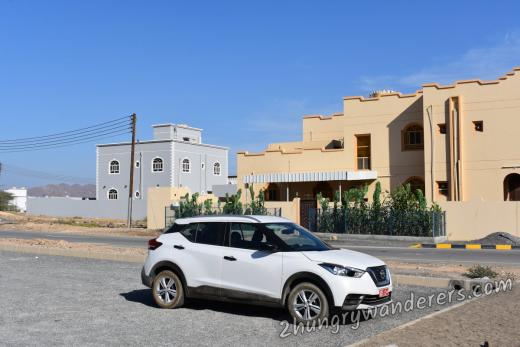
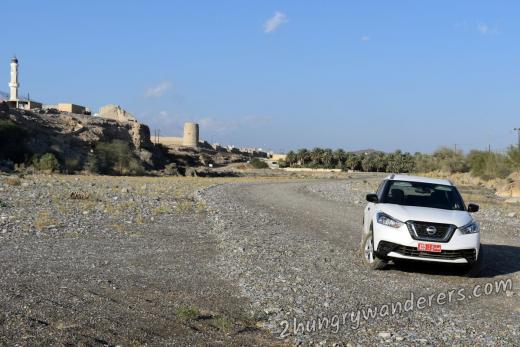
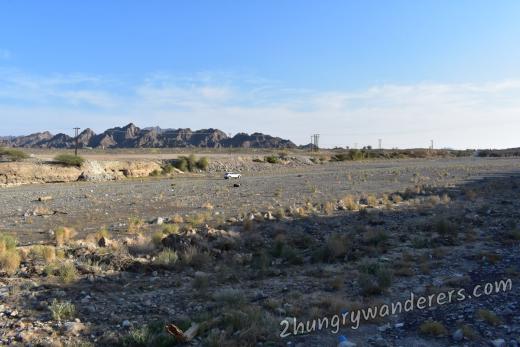
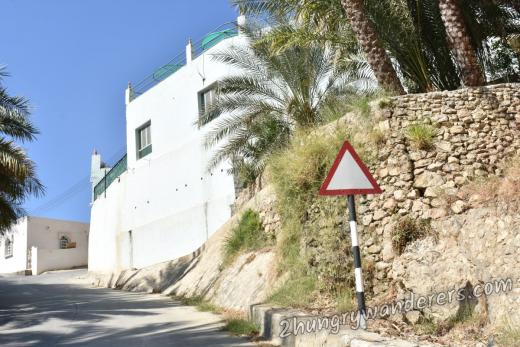
Comments